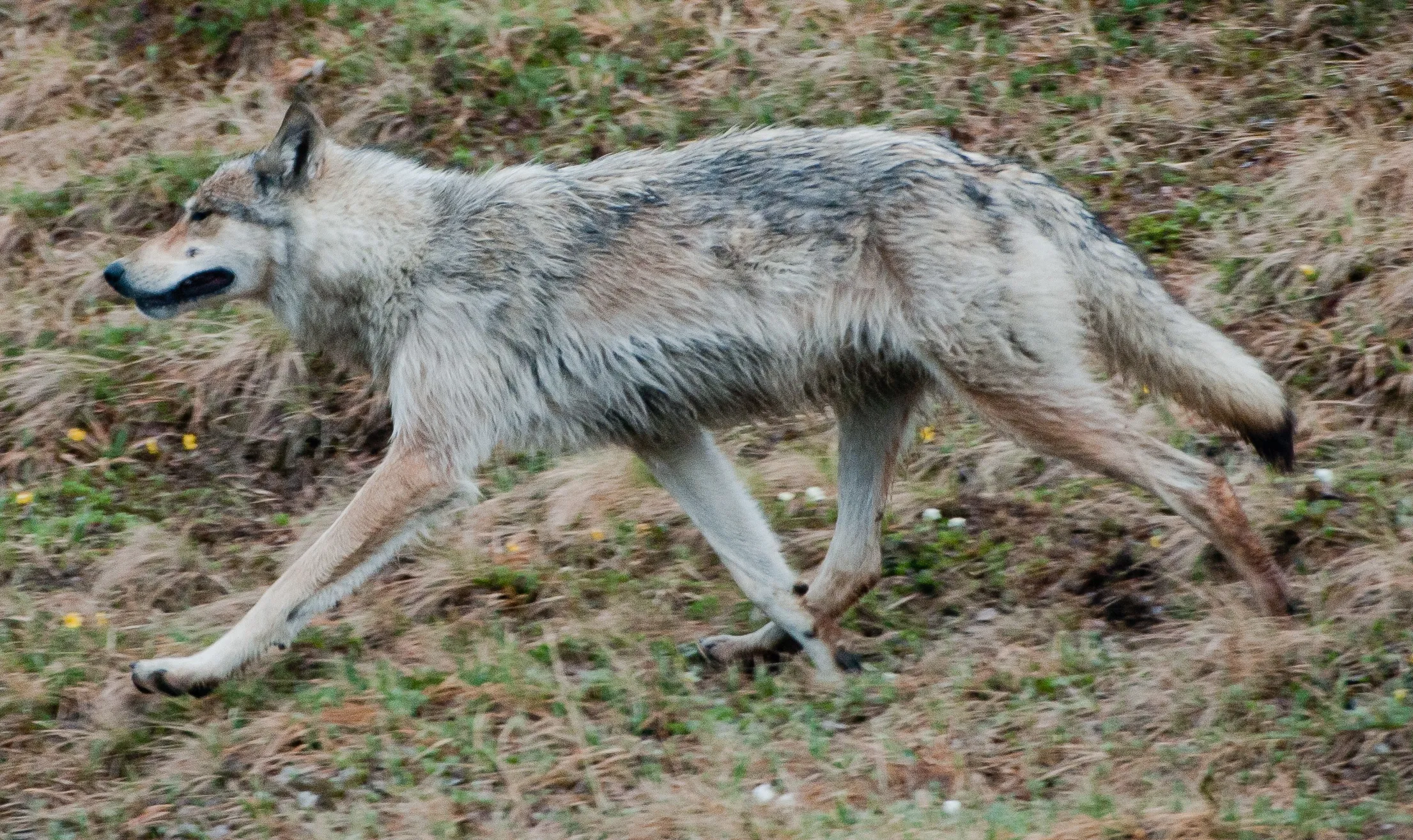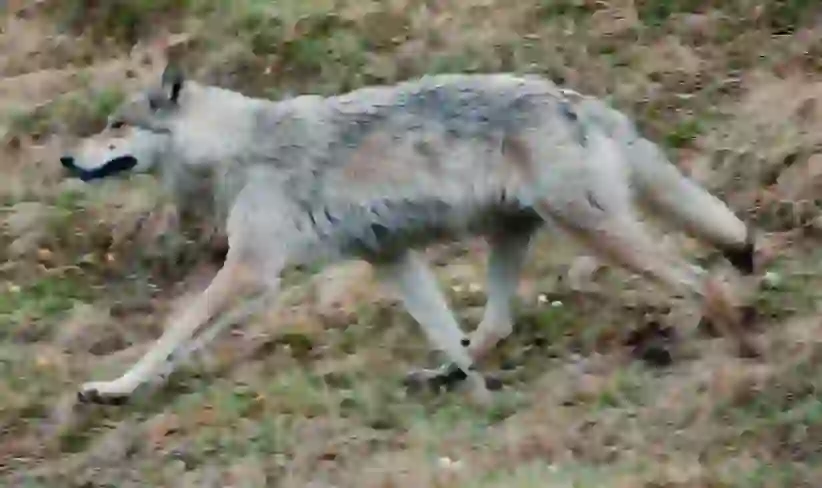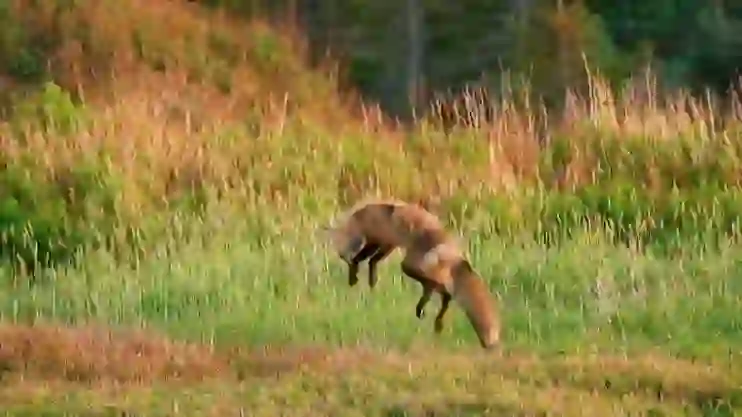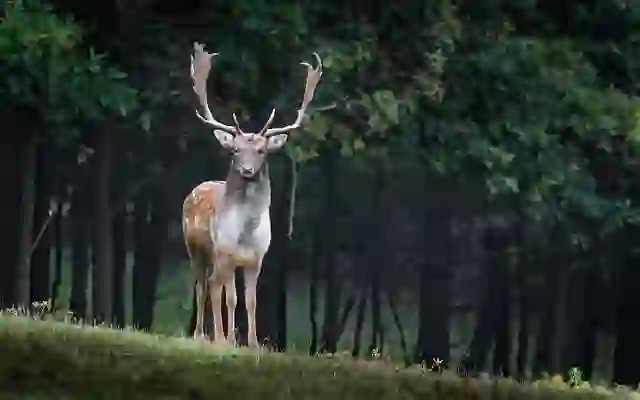
Alaskan Wolf
Alaskan Wolf
Alaskan Wolf
Across the vast wilderness of Alaska, the Alaskan wolf runs with strength and endurance. These wolves, enduring the harsh cold and hunting cooperatively in packs, are truly the 'Kings of the Northern Wilderness'. Let's explore the ecology of the Alaskan wolf, the environment they inhabit, and their relationship with humans.
Alaskan Wolf Basic Infomation

| Property | Value |
|---|---|
| Scientific Name | Canis lupus pambasileus |
| Taxonomic Status | ACCEPTED |
| Rank | SUBSPECIES |
| Kingdom | Animalia |
| Phylum | Chordata |
| Class | Mammalia |
| Order | Carnivora |
| Family | Canidae |
| Genus | Canis |
| Conservation Status | Least Concern |
| Species | Canis lupus |

Size
Adults stand about 30 to 36 inches (75 to 90 centimeters) tall at the shoulder and weigh about 99 to 154 pounds (45 to 70 kilograms). Males tend to be larger than females.
.webp?alt=media)
Lifespan
They live for 6 to 8 years in the wild and can live for over 10 years in captivity.

Distribution
They are found throughout Alaska and northwestern Canada. They are adaptable and can live in a variety of environments, including vast forests, mountainous areas, and tundra.
Alaskan Wolf Q&A

What kind of wolf is the Alaskan wolf?
The Alaskan wolf is a subspecies of gray wolf that lives in North America. They have gray to black fur and are covered in a thick coat.
This is an adaptation to the harsh cold of Alaska and northwestern Canada where they live. Alaskan wolves are highly social animals that live and hunt cooperatively in packs. They are also known for their intelligence and complex communication methods.
.webp?alt=media)
What do Alaskan wolves eat?
Alaskan wolves are carnivores and primarily prey on large mammals such as caribou, moose, Dall sheep, and beavers.
They are able to take down prey much larger than themselves by hunting cooperatively in packs. They also eat rabbits, mice, birds, and fish. In winter, when food is scarce, they may scavenge on carrion.

What kind of lives do they lead?
Alaskan wolves live in packs, typically consisting of family units. The pack size is usually 5 to 10 individuals, but can sometimes exceed 20.
The pack is led by a dominant male and female, called the 'alpha pair.' The alpha pair breeds and produces offspring. Other pack members include the alpha pair's offspring, siblings, and individuals that have joined the pack from other groups. Pack members cooperate with each other to hunt, raise their young, and defend their territory. They communicate using howls, body language, and facial expressions.
.webp?alt=media)
[Quiz!] How far can an Alaskan wolf's howl travel?
An Alaskan wolf's howl can be heard up to… 6 miles (10 kilometers) away under favorable conditions!
They howl to communicate with pack members, claim their territory, and locate prey. Their howls echo through the vast Alaskan wilderness.

[Quiz!] Is it true that there is a strict hierarchy within an Alaskan wolf pack?
Yes, it's true. Alaskan wolf packs have a strict social hierarchy with a dominant male and female, called the 'alpha pair', at the top.
The alpha pair breeds and produces offspring. The other members of the pack defer to the alpha pair. The pack hierarchy is determined by age, sex, and personality. Higher-ranking wolves have priority access to food and better resting spots. They may also exhibit aggressive behavior towards lower-ranking wolves.
.webp?alt=media)
[Quiz!] Are Alaskan wolves endangered?
Alaskan wolves are not currently endangered. Their population is relatively stable, and they are listed as 'Least Concern' on the IUCN (International Union for Conservation of Nature) Red List.
However, their numbers could decline due to climate change and habitat destruction caused by human activities. Wolf hunting is also permitted in Alaska, and there are concerns about population decline due to hunting. To protect Alaskan wolves, it is important to protect their habitat and manage hunting practices appropriately.

Would you like to become a part of the 'Animalbook.jp'?
Turn your knowledge into Q&A and share it with the world. ※Publication will be activated after purchase. Let's share information together!
Alaskan Wolf Type of List

Characteristics of Alaskan Wolves
- Subspecies of gray wolf found in North America
- Gray to black fur
- Covered in a thick coat
- Robust and large physique
- Live in family packs
- Highly intelligent and have complex communication methods
Information
Congratulations! You are the first commenter!

Create Your Favorite List!
Alaskan Wolf
Save the animals you love! Build your own list to quickly revisit your favorites later.

Would you like to leave a comment?
※Please note: This is for the purchase of rights to post comments within the article.
Find Your Favorites!
Our shop offers a unique and attractive selection of goods themed around various animals.
Alaskan Wolf References
Alaskan Wolf Introduction of media used

DenaliNPS, Public domain, via Wikimedia Commons
.webp?alt=media)
Denali National Park and Preserve, Public domain, via Wikimedia Commons

Help Enrich Our Animalbook.jp with Your Media!
We are constantly looking to expand and enrich our Animalbook.jp with amazing photos and videos of animals. If you have any media that you'd like to share, please contribute and help us showcase the beauty and diversity of the animal kingdom. Your submissions will be credited and featured in our encyclopedia, reaching a wide audience of animal lovers.


















